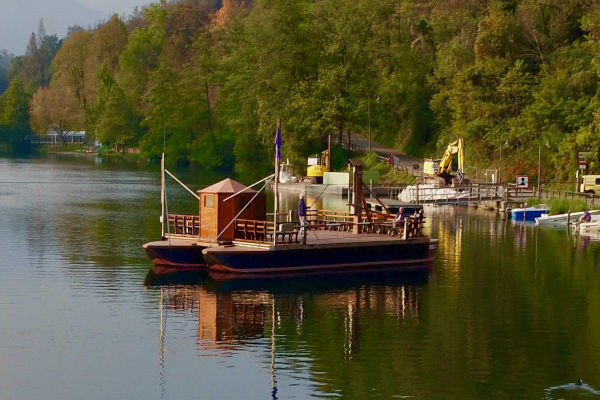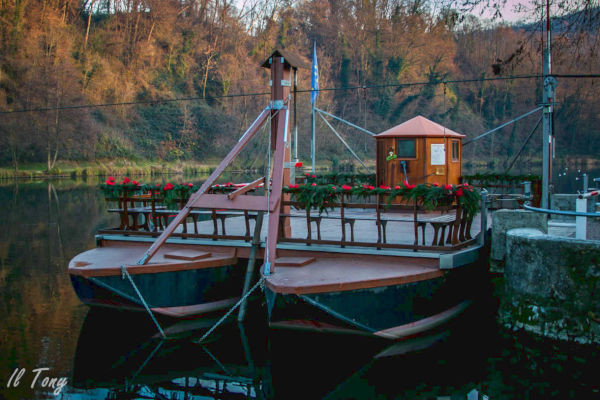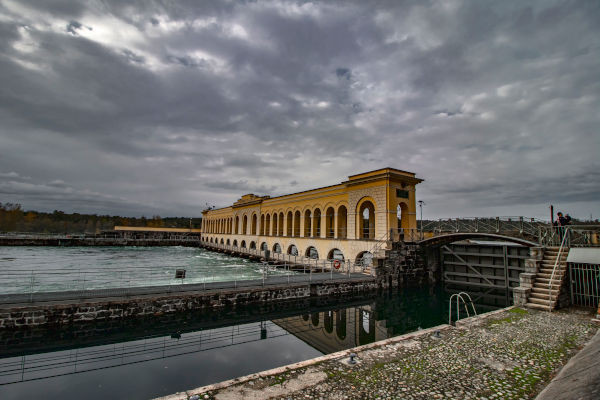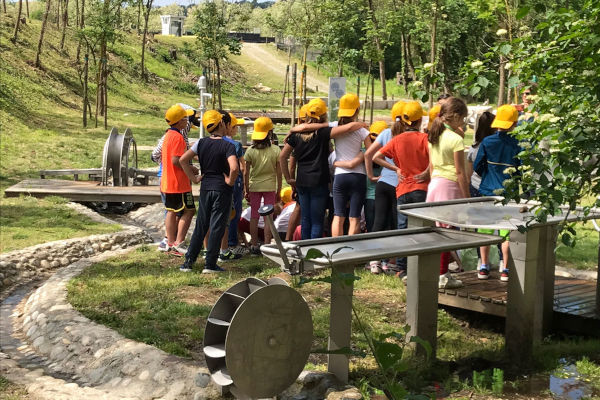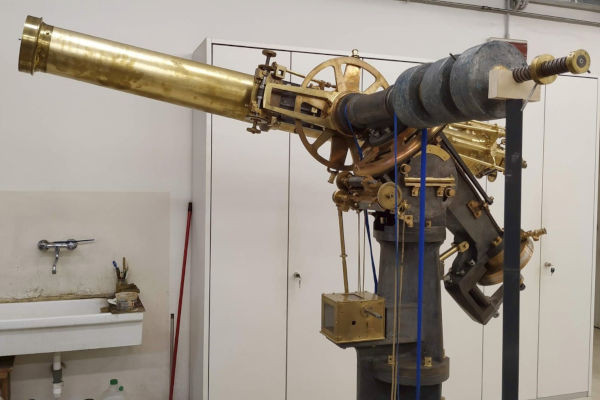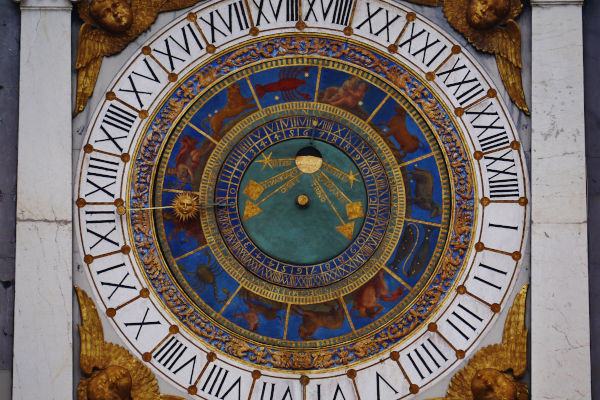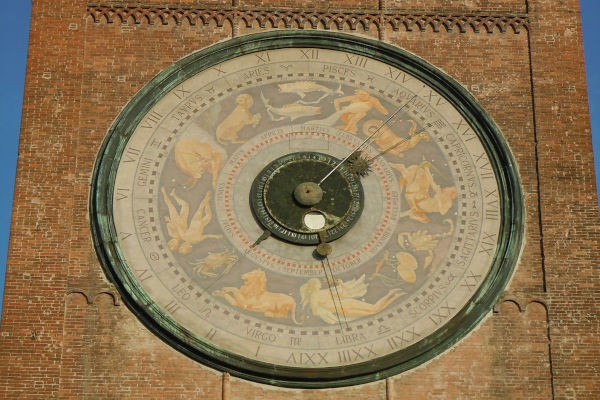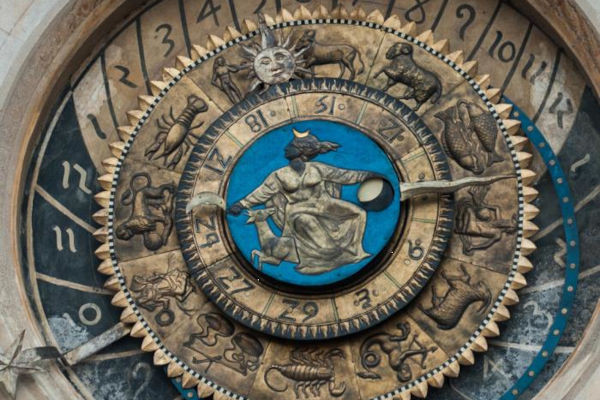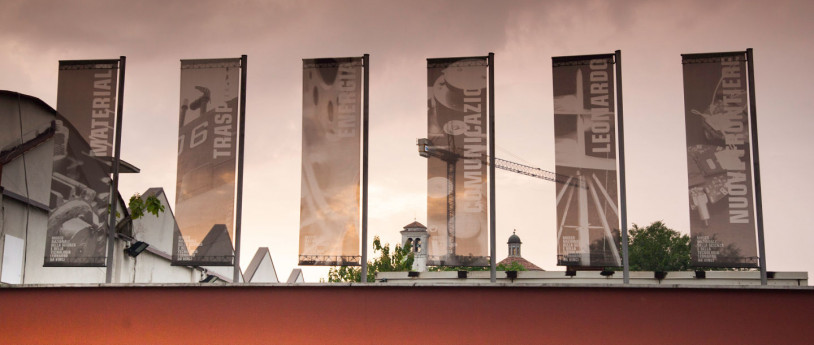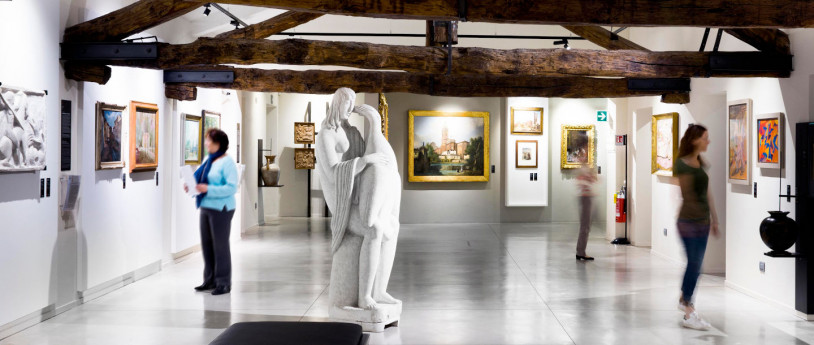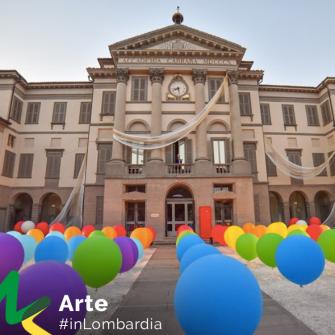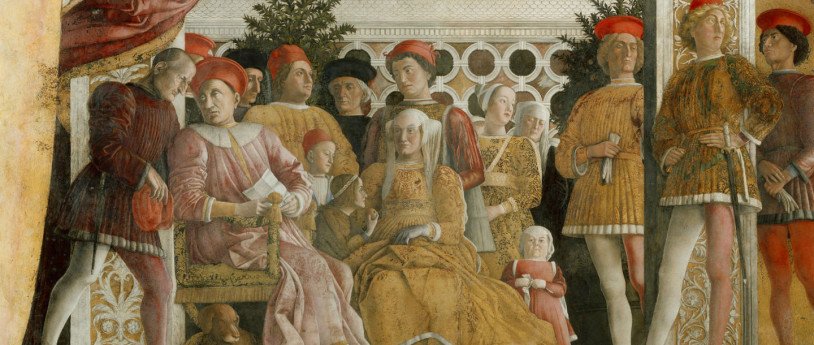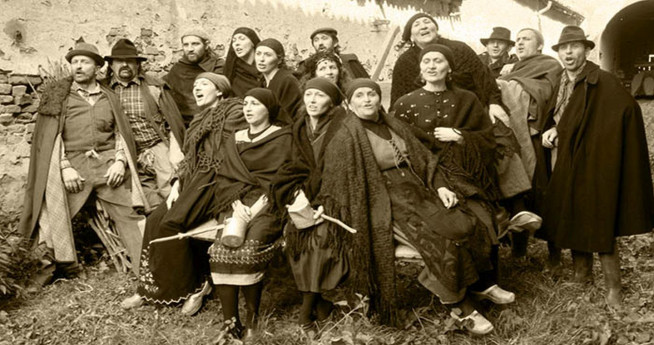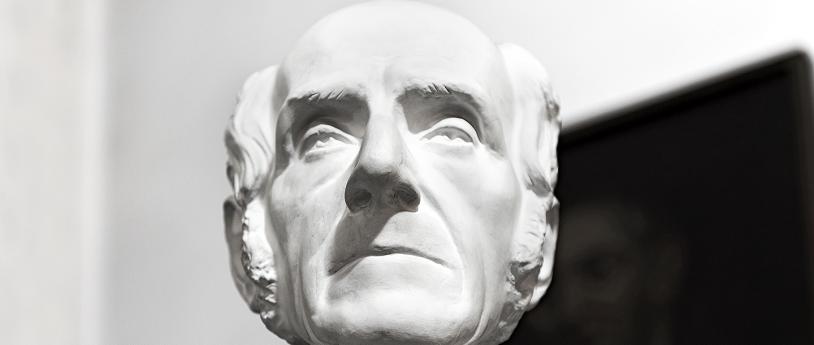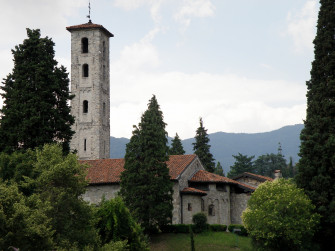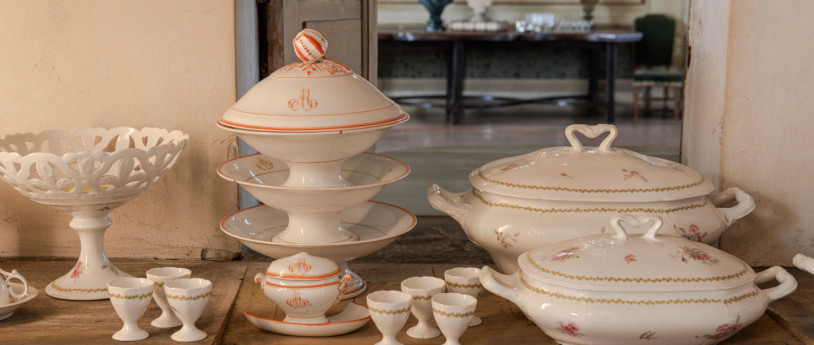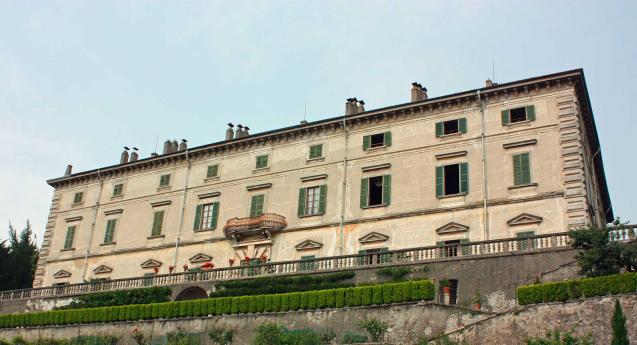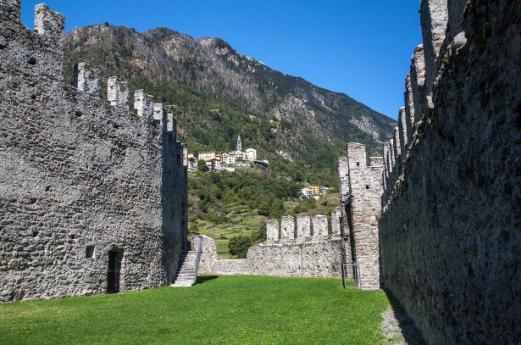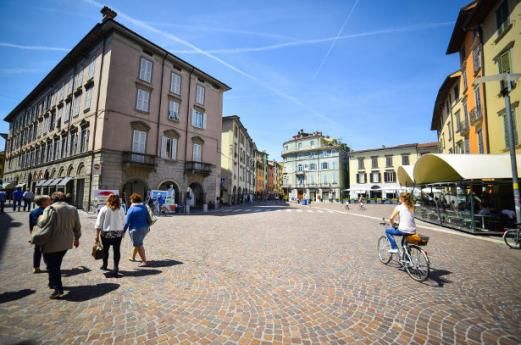- Art & Culture
- Lifestyle
Lombardy, land of science and engineering
Modern technology has historic origins that date back to the Middle Ages and the region of Lombardy boasts fascinating evidence of works and machines that document the imagination and inventiveness of mankind over the centuries.
Lombardy is home to a truly impressive scientific and technological heritage: instruments, machines, means of transport... Join us to discover the works of genius that really make a visit to our region worthwhile!
Cross the Adda on Leonardo's ferry
Technical and scientific culture has historical roots in Lombardy, so it is not surprising to find Italy's most illustrious "engineer", Leonardo da Vinci, in Milan at the Sforza court. Invited by Lodovico il Moro, who wanted to surround himself with "fine minds" (which were already divided into "magistri fabrorum", engineers and architects, and "periti aestimatores", i.e. surveyors), Leonardo, in his letter of commitment addressed to the Duke, anticipated his projects: architecture, engineering and hydraulic works, military machines...
Among the countless works attributed to Leonardo in Lombardy, the Imbersago ferry links the town of Imbersago with Villa d'Adda (BG). The prototype dates back to 1500 and it is certain that, in 1513, Leonardo studied the course of the Adda and designed the boat, devising the ingenious way in which it works, using the current of the water as a propulsion, counteracted by the resistance of a rope stretched between the banks. As the current increases the speed of the ferry increases, and when the current is low the service is suspended.
In Milan, on board the Toti submarine
Let's remain "in the water" and board the Toti submarine, a military vessel which alone makes a visit to the Museo Nazionale della Scienza e Tecnologia Leonardo da Vinci in Milan worthwhile. It is home to one of the country's most important naval collections: over 3,300 exhibits, models, nautical instruments, equipment and boats, including the bow of the North Star, the ship used in the North Pole expedition (1900), and the Luna Rossa AC72 catamaran, which participated in the America's Cup (2013). But the most impressive is the first submarine built in Italy after World War II (1967), which is the subject of guided tours and virtual visits.
Panperduto: a gem of industrial hydraulics
Another must-see destination in technological Lombardy is the Panperduto dam on the Ticino in Somma Lombardo. The complex water system diverts the flow of the Ticino into two canals: the Industriale, which feeds a number of hydroelectric power stations, and the Villoresi, which connects the Ticino and Adda and is named after its creator, engineer Eugenio Villoresi (1810-1879) from Monza. Panperduto is perfect for a family outing: in spring the Garden of Water Games opens, where children can learn all about the hydrodynamic and kinetic force of the precious element, through Archimedes' screws, mills, sluice gates, and pumps.
From the earth into space: the Merz-Dallmeyer telescope in Rozzano
This spring, the new astronomical observatory in Rozzano will become home to a technological gem of "national cultural heritage": the historic Merz-Dallmeyer telescope (1870). Owned by the Gruppo Astrofili Rozzano, it has a diameter of 162cm and weighs 600kg! Restored by Arass, the Associazione per il Restauro degli Antichi Strumenti Scientifici (Brera, 1987), the work has preserved its original structure, brass instruments, and graduated circles with the degrees engraved on silver foil.
From space to time: astral and mechanical clocks in Lombardy
Arass has also restored some of the world's oldest astronomical and tower clocks in Lombardy. These include the public bell clock in Palazzo di Brera (1743), a spectacular chronograph in the upper loggia of the courtyard of honour that provided the time for Milan's public clocks and - from the unification of Italy to 1943 - the national time.
The restoration of the mechanical astronomical clock (1544-46) located in the Clock Tower in Piazza della Loggia, Brescia, was equally prestigious. Created by Paolo Gennari from Rezzato, it marks the hours, moon phases, and signs of the zodiac from the two dials on the façades. Two automata also mark the time: Tone and Batista, màcc de le ure (madmen of the hours).
Another remarkable masterpiece, exemplary of the harmonious fusion of art, science and technology in Lombardy, as well as one of the largest astronomical clocks in the world (1583), is housed in the Torrazzo in Cremona: its diameter is 8.2m.
The Renaissance clock tower in Mantova, on the other hand, houses the astronomical clock (1473) of Mantuan mathematician Bartolomeo Manfredi, a mechanic, mathematician, and astrologer at the Gonzaga court. The dial marks the hours, signs of the zodiac, planetary hours, moon phases, and the positions of the stars. To marvel at its fascinating mechanism, don't miss the Museum of Time, inside the tower.
